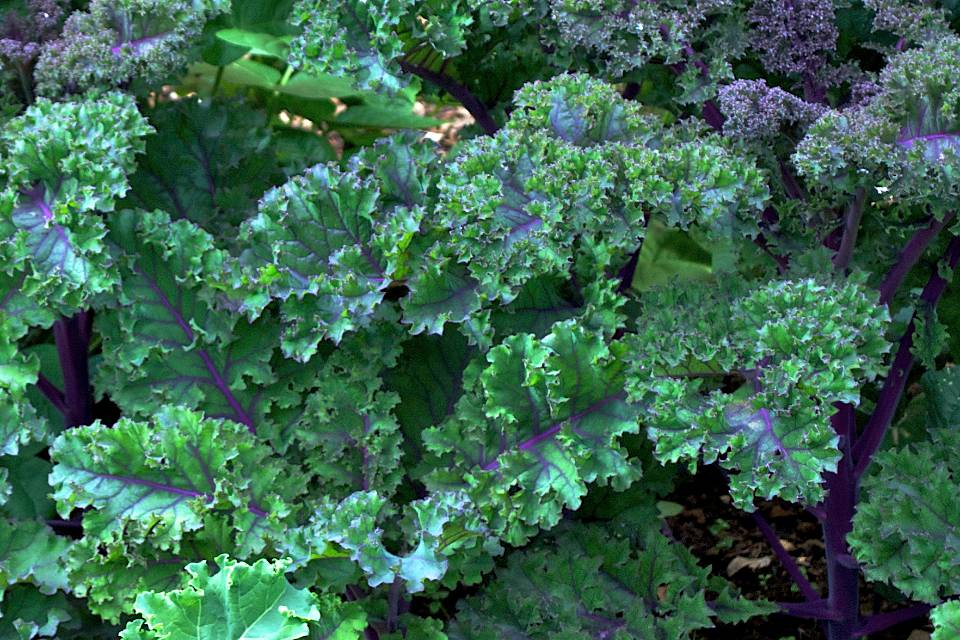What a difference a little rain makes. Alas, little being the operative word. Despite reports of storms, rainy weather forecasts, we have just had one, admittedly good, shower two weeks ago. Since then, we have only been cruelly beguiled by thick luscious clouds, but none since have dropped any of their precious cargo. Fortunately for our, still dry, garden though, temperatures have dropped, which gives us all, plants included, a little breathing space. Though, I suspect this weekend, the hose pipe may need to do its magic again…
The initial weeks of soaring heat, the single downpour, and consequent more moderate temperatures has done wonders for the garden, but particularly for the Kitchen Garden. The Elephant garlic is coming up trumps, with the first buds appearing. They have absolutely lovely flowers that look just like regular Alliums, though come into flower from July onwards. Labeling them is recommended as they do look similar to scrummy young leeks, which are rather popular in our household….
The Aquadulce Broad Beans are doing wonderfully and certainly living up to their super hardy reputation. Several frosty mornings have passed, but despite that, and the dry heat, the plants look very healthy indeed. The climbing and dwarf beans on the other hand have suffered and continue to be a tad sulky. Morning frost being the prime issue, though one suspects that the dry hot conditions have not been popular either. The Borlotti’s, seem to be on the mend, but the Blue Lake French climbing beans, have some way to go yet. Kenyan Safari dwarf beans need to be reseeded, completely wiped out by morning frost. All proof that yours truly was deluded by the warm weather, wrongly thinking that the danger of frosts was over and planting out too early. Though I think we are now pretty safe in May. It may be an old wives tale, but I have often heard that after the winter, once all the months with an ‘r’ in their name (January – April) have passed, the danger of frost has passed. So far so good…
The artichokes; Imperial star and Romanesco, are starting to flesh out. On arrival they were somewhat smaller than imagined, though very healthy young plants nonetheless. They are fast growers though, so it is expected that they will imminently, treat the garden to their wonderful foliage display. If all goes according to plan, next year its artichoke on the menu…
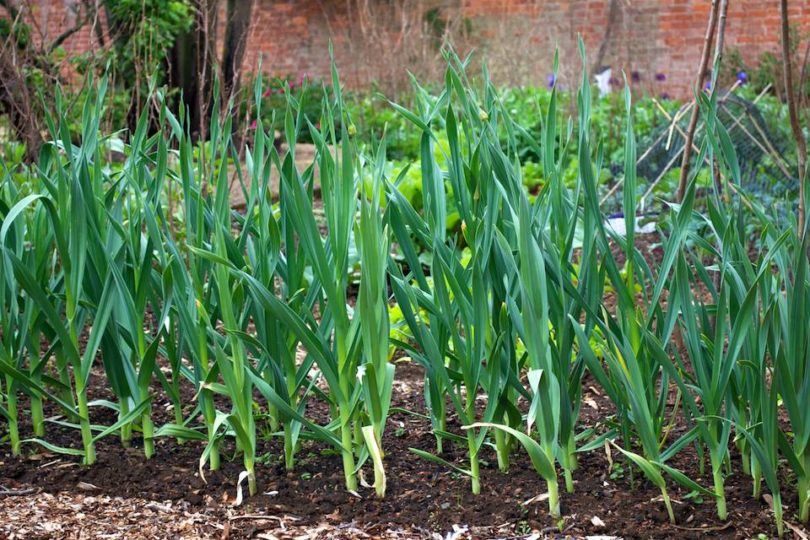
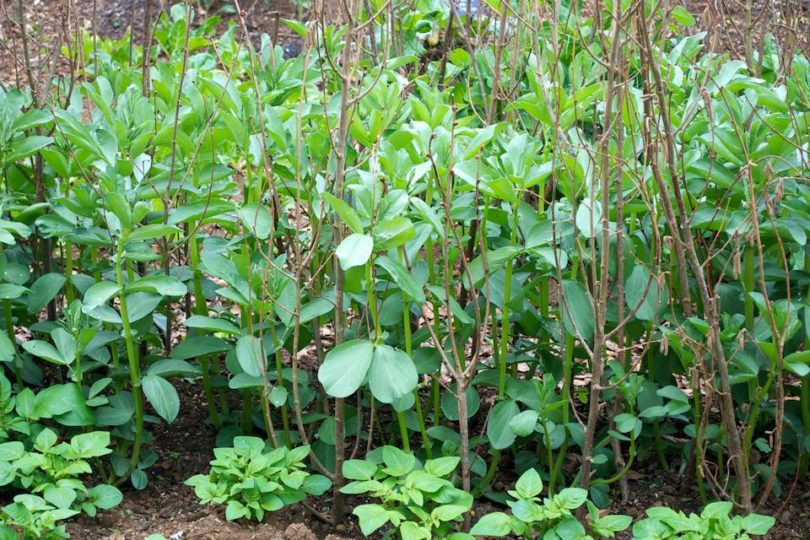
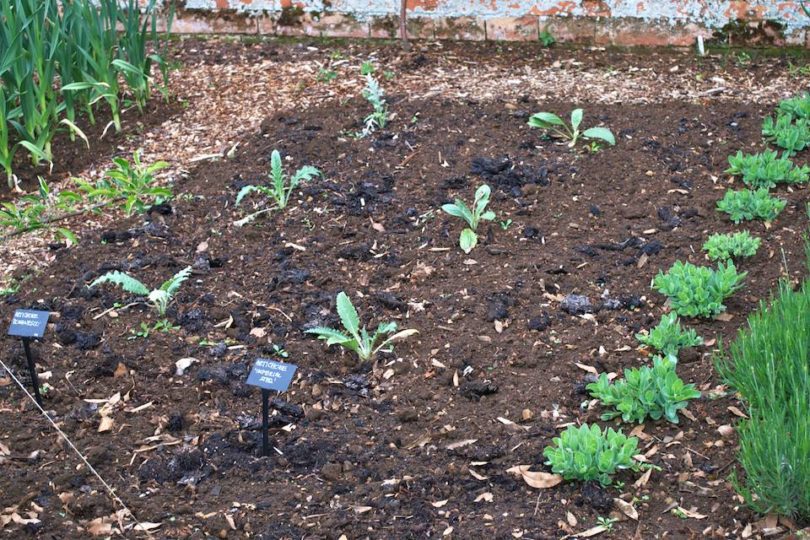

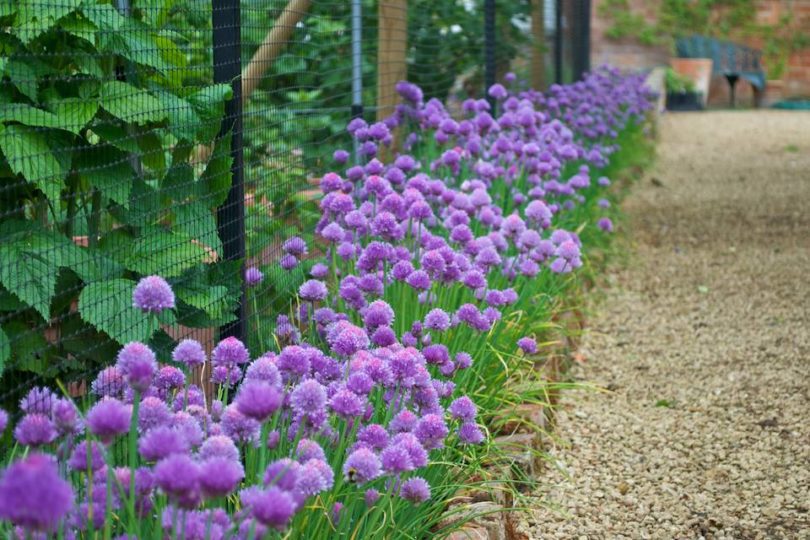

Not sure if you can see them properly from the photographs, but I can’t help but be pleased with the new labels. For someone with such poor name recollection, labeling is rather useful. Though for the vegetable garden, where things move around and varieties are often changed, I had yet to find labels that were temporary but attractive. Tediously hammering through the very attractive, though very expensive, (professional) copper tags, is just too much hassle for a vegetable garden. We use those for the more permanent plants, such as fruit bushes and trees. Thus, these long black plastic labels do just the trick. Credit for this find to Sarah Raven but you can also find them, in varying sizes and shapes, at the Essentials Company. Writing the first ones is nerve-wracking as the bold permanent white marker pen allows no room for error, though you quickly get the hang of it. Labels will be kept for future use, if/when that particular variety graces the kitchen garden again.
Following the advice of the Mighty Monty on Gardeners’ World, beetroots were sown and planted in batches, or modules as he calls them, of three to four. Saves much time along the way, and they do look healthy. So far therefore, this experiment seems to be working. If not, Monty is in serious trouble…
